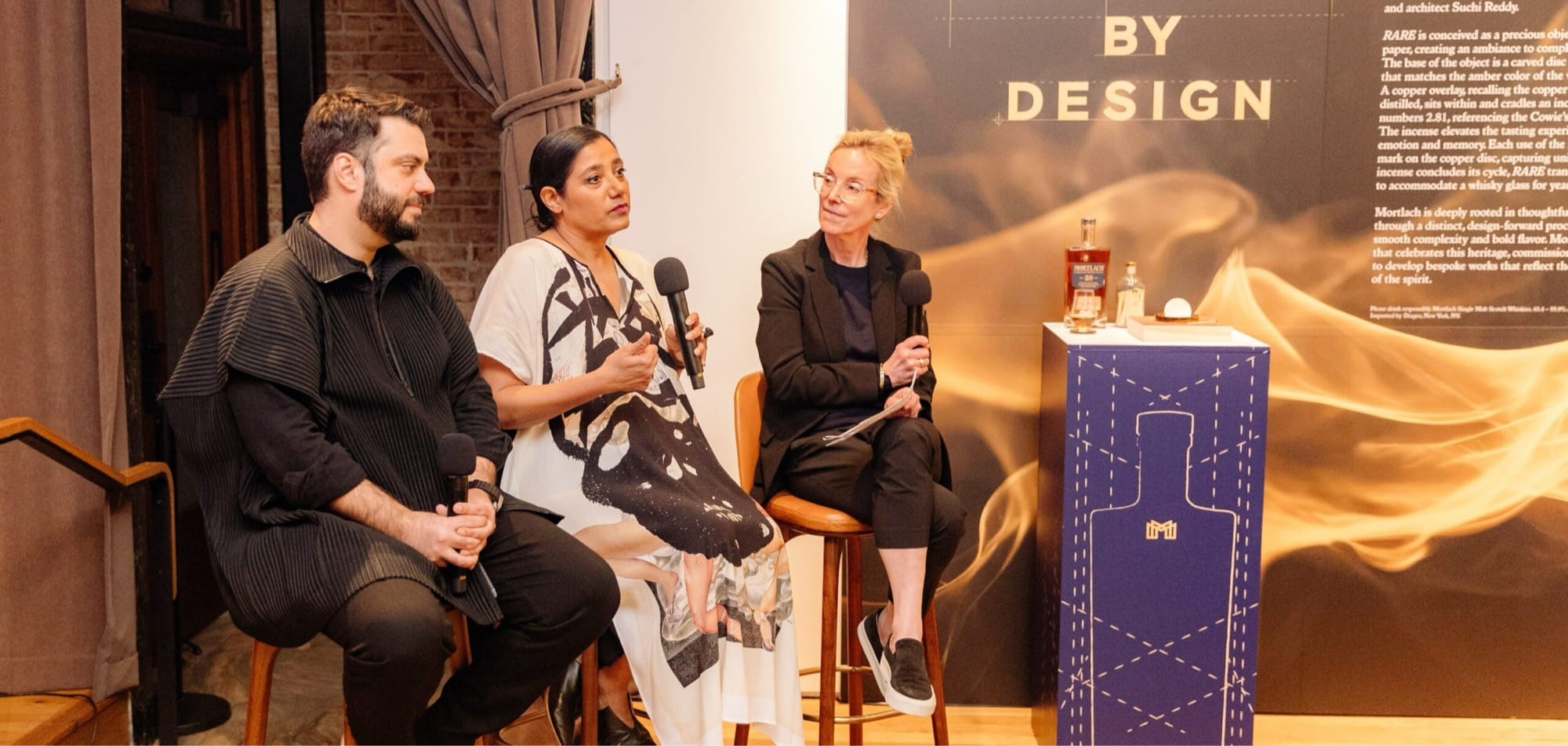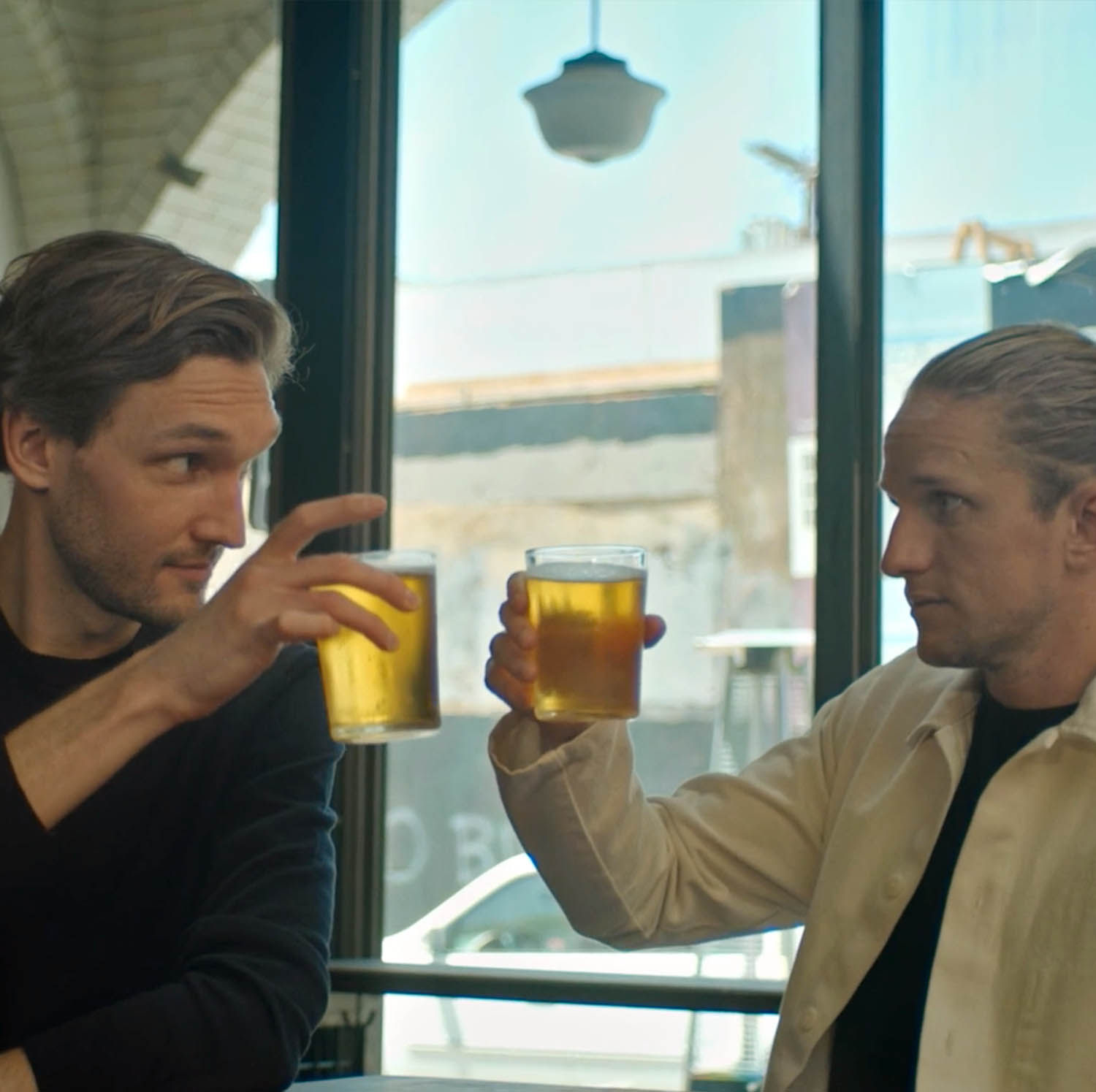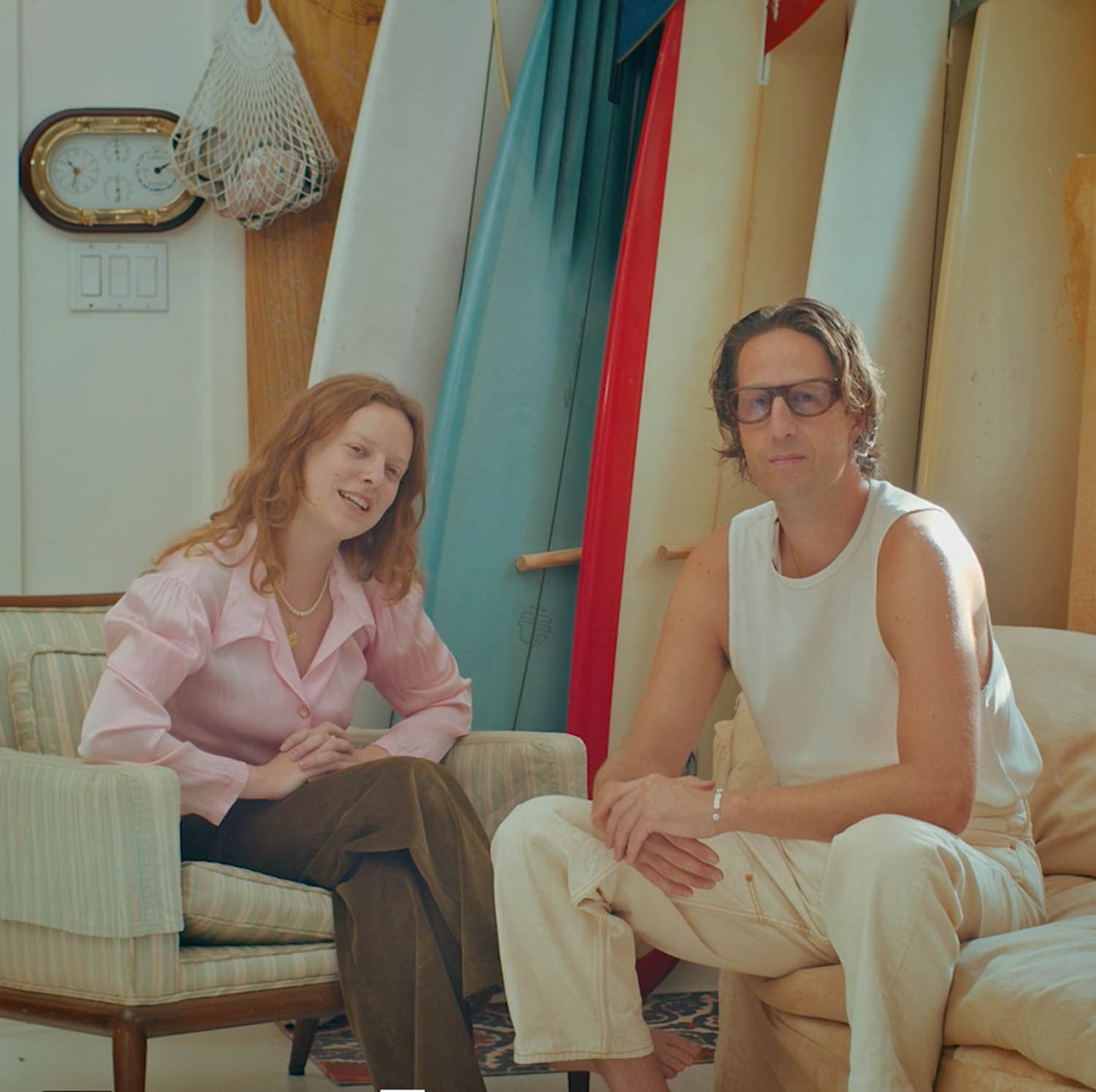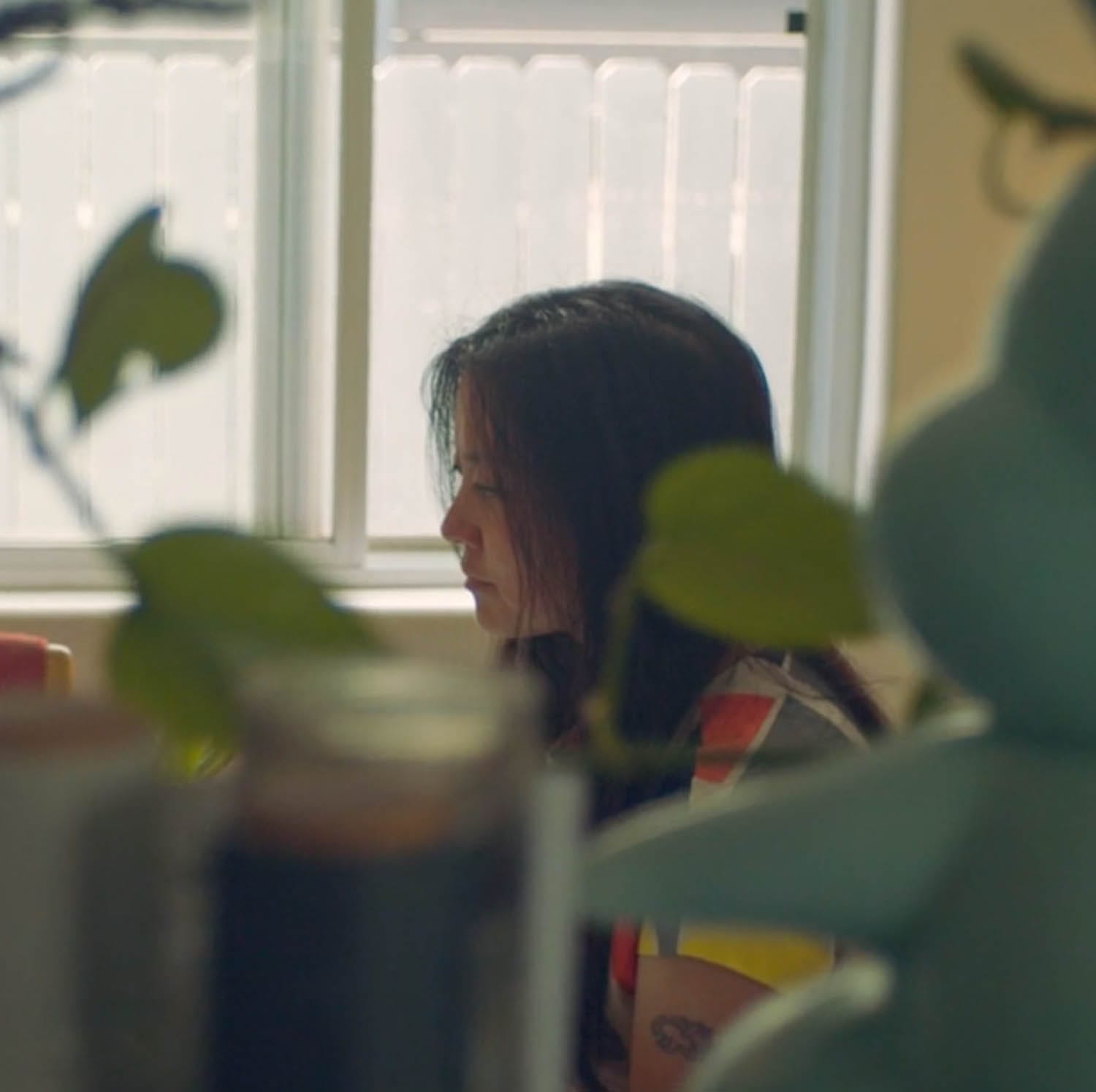ART& Design, Presented by Mortlach
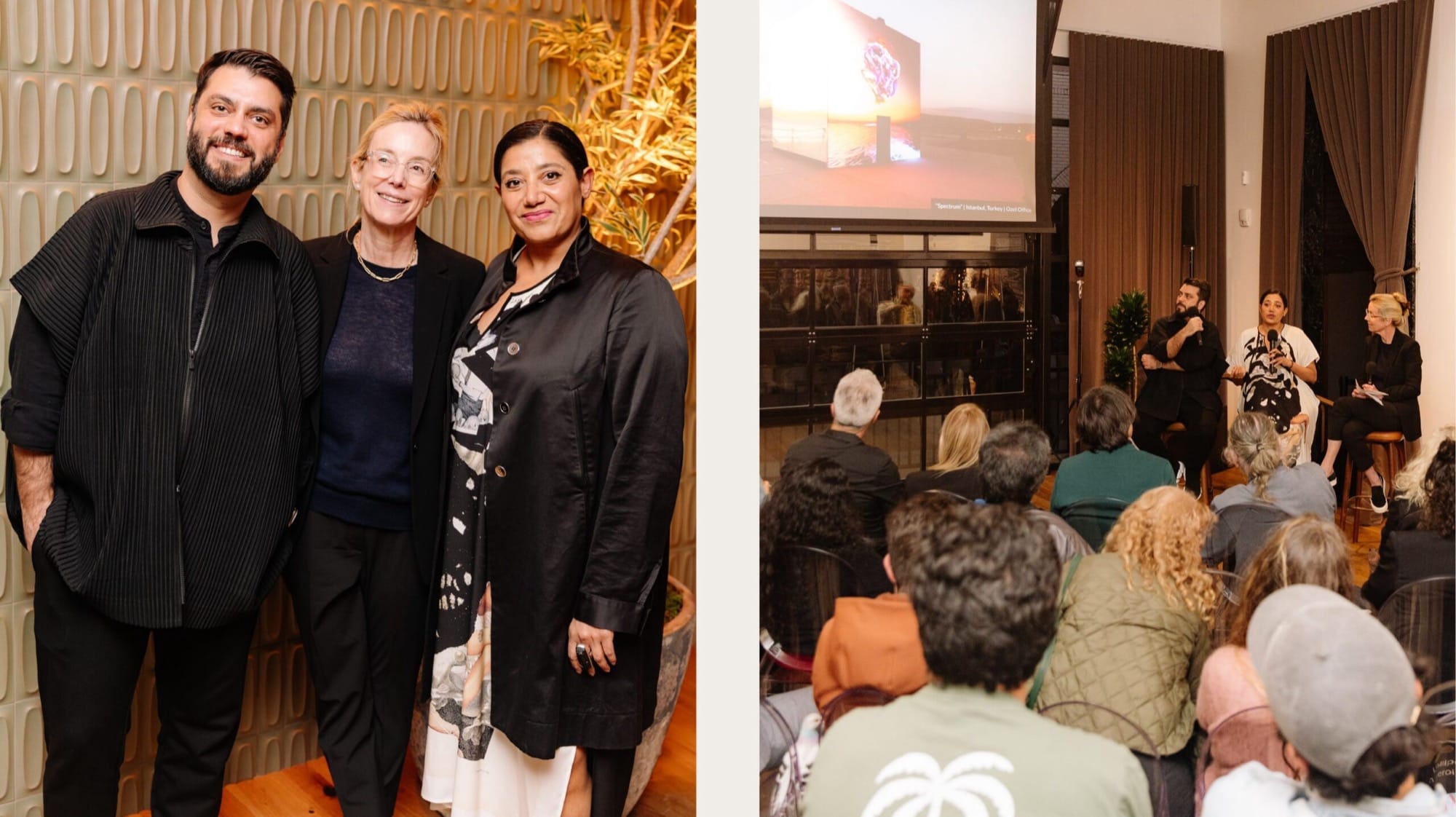
Suchi Reddy:
This idea of “form follows feeling” has always been my guiding principle and the basis of pretty much everything we do. I look at the intersection of arts and the experiences on our brains and bodies through a translational field called neuroaesthetics. I’m looking at how our brains and bodies feel in our environments, and what it means to design for feeling. What I do with that is think about how every single interaction can be strategized, designed, built and imagined in some degree. If we’re doing digital work, or work with AI or work with ML— that all of that is set up in a way that’s very intentional, very thoughtful, and creates something that makes you feel equity, empathy, agency for yourself and for the people around you. How do we intentionally design [the world] to make people feel great?
Güvenç Özel:
What’s interesting to me about the dialogue between our works is the notion of “multidisciplinarity”— having the ability to move from one kind of discipline to another without thinking about the practice of a designer as somebody who just puts objects or products out there. I think it’s more about putting ideas out there.
For me, the major focus is about looking at how we view technology— not just as a tool, but also as kind of a philosophical, cultural idea. And how that resonates through the objects that we produce, design, experience and also communicate with. That has been the primary focus of what I have been doing for the last 15 years: which is about how we use technology and design as a kind of a communication tool, as a way to not only understand each other, but also question the methods in which we communicate with each other through technology.
Christina Ohly Evans:
I want to read a little quote here: “I believe that by designing our physical spaces to reflect how we want to feel and interact with each other, and shaping our digital spaces, through the lenses of equity and empathy, we can shape a future in which we co-evolve with technology into a better version of ourselves.” That was from Suchi’s brilliant op-ed in the New York Times. Suchi, can talk a little bit about that sentiment?
Suchi Reddy:
It came came from installation [at the Smithosonian] called Me+You. I was asked to think about our relationship to technology, and this kind of dystopian vision of how it can ruin us, or how it can save us. It had saved us in a lot of ways during the pandemic, but then we’re starting to see the other after effects. So, I felt that the power lies in the human. And it lies in our own awareness of our interaction. I asked people to give me one word for their future, and they’d stop to think for one word. And that really was a piece was just to make you think about what kind of future you want to envision. And then I used AI and ML to read the emotion and their voices, as they were saying it and reflected back these kinds of light patterns that we created. And all of the light patterns were woven together in the middle— so it created a visual representation of how your feelings affect somebody else’s feelings, and that we’re all together in this room, right? Where, if we all feel good, we’re going to feel great. And if we don’t, then we’re not.
What was so beautiful was that when somebody would come up and say, my future fields bleak, and they would still get these kinds of beautiful lights, but maybe in very dark and violent colors, and sort of pulsating, and these were patterns that I had set a pattern language that I set up, the next word was better. It’s something that’s been so transformative to me, in terms of understanding the power of technology. I think we can co-evolve with this, but we need to be really, really conscious of what we’re doing. That’s what it comes down to. How conscious are you as a human being? And are you working on that? And if you are that conscious, then your world is going to be that conscious. That’s what it’s about, is really making better humans. And that’s what I think the power of it is.
“If you're not asking the hard questions, if you're not deviating from the norm, you are losing out on a lot of possibilities for yourself as an artist, and also, you're narrowing the scope of what is possible in the world of art.”
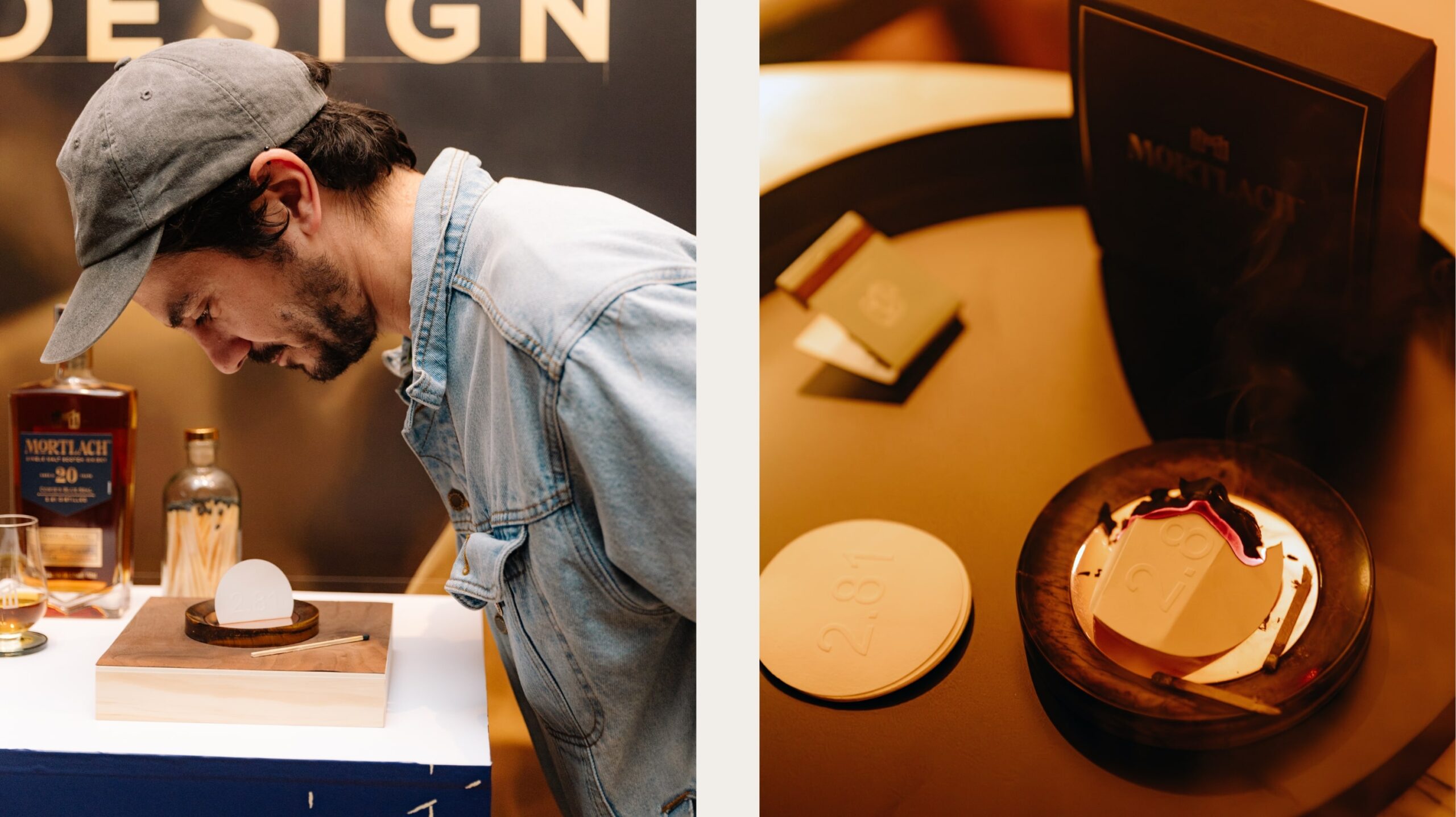
Christina Ohly Evans:
Güvenç, a quote from you. “The artist needs to stir shit up.” Does this idea affect your work?
Güvenç Özel:
[For context,] the sentence before that was, ‘the architect needs to provide functional environments, the artist needs to stir shit up’—meaning, be culturally oppositional. We don’t have controversial artists right now. Everybody’s playing the market. Everybody wants to be likable. Nobody wants to ask the hard questions. I understand people want to sell work, they want to reap the benefits of their efforts for themselves. But there is no longer a reward for holding up a mirror against society, or putting a mustache on Mona Lisa. That notion of questioning and being oppositional is no longer something that we reward as a society. I think that’s a loss.
If you’re not asking the hard questions, if you’re not deviating from the norm, you are losing out on a lot of possibilities for yourself as an artist, and also, you’re narrowing the scope of what is possible in the world of art.
Güvenç Özel:
We need to build less, we need to produce less garments, we need to produce less objects in general, because we’re running out of our ability to maintain the ecosystem on this planet. However, I don’t think that we need to imagine less. I think this notion of technologically enhancing the ability to transform the environment, not through materials, but through pixels, or through media or through some kind of technological interface is a more sustainable model for us to allow the world of design to be more partisan.
Audience question:
I heard the claim that we value function, and we value efficiency, and arts becoming more about the market. I focus a lot on education in my work. And I find that too: aesthetic education is completely downplayed, sidelined. STEM is big. And if you do art and education at any level, it’s usually just seen as sort of, kind of a fun activity, and it’s not taken seriously. Versus when I hear a term, like neuroaesthetics, I’m like whoa this is tremendous. You could actually use those principles to maybe reorganize an airport. I’m thinking Brian Eno’s Music for Airports. Why are we so reductionist? There’s probably a small minority group that agrees that as a society, we could transform ourselves by having more of an aesthetic orientation and by enacting these principles. But I guess my question from your perspective, why do we reduce ourselves? Why are we so into functionality? Why are we so into what the cost is if something versus, the overall manifest?
Suchi Reddy:
As much as we’d like to be digital, we’re physical entities operating in physical and digital worlds, we need a roof over our heads, we need to eat, we need clothes. They’re the reasons why all of these things got made. So unless we can really talk about re-envisioning a whole new economic system, I think we’re faced with those problems. I totally agree with you: artistic education, aesthetic education is extremely lacking. People don’t have it, so they think that bad things are good; bad things take as much time, energy, material, embodied energy, carbon to make— but they don’t know because they haven’t been exposed enough to know what something better might look like. And this is what experience and education can do for you, and it shouldn’t be a process that’s only available to the privileged. I appreciate that you work in education and bring this up—because that’s the only way to change things. Coming from India, education and technology are the two changing factors that can change socioeconomics: education changes your level of experience, that then changes the level of value you can give to everything in your culture.
The other thing I’ll say is, especially as architects, we’ve been letting technology lead culture, rather than ideas and thought leading culture. And that’s something we need to change. Artists need to stir shit up. Architects need to stir shit up. Everyone does, in whatever they do. This is important. I think this is why there are places like NeueHouse. If we say, in our mission, that we’re looking to make progress, then we really have to do that. And it requires people who can actually implement on scale to really be exposed, educated and buy into this kind of thing to be able to do that.
